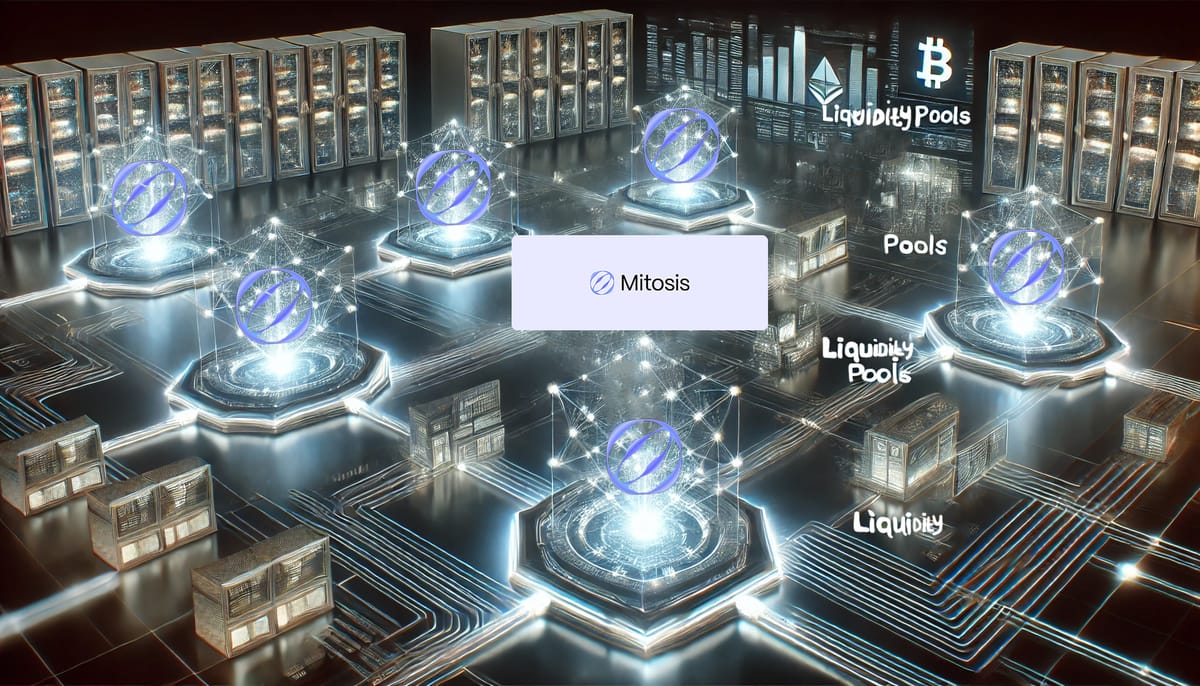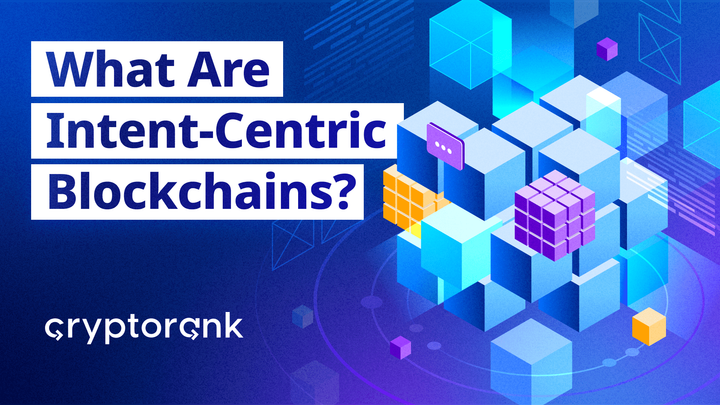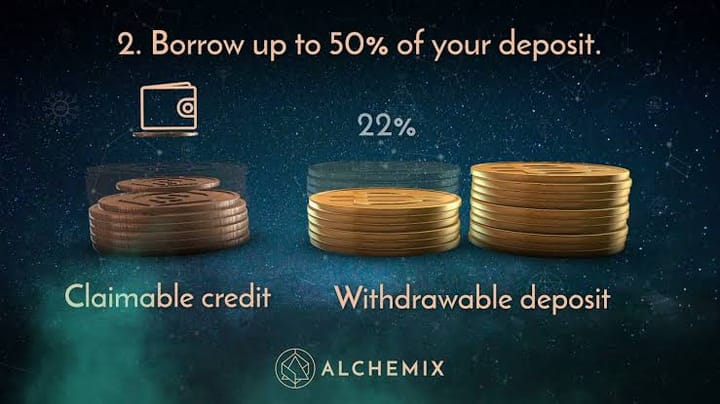Mitosis and the DeFi Ecosystem: Technological Integration and Strategies for Cross-Chain Interoperability

Mitosis continues to strengthen its decentralized finance (DeFi) ecosystem through a strategic integration approach with various blockchain technologies. With a focus on cross-chain interoperability, liquidity optimization, and institutional-grade security, Mitosis aims to build an infrastructure that enables broader accessibility and efficiency in digital asset management.
Technological Integration in the Mitosis Ecosystem
Mitosis' competitive advantage lies in its ability to incorporate various innovative technologies to expand its scope and functionality. Below are some key initiatives within its ecosystem:
Technologies and Protocols Contributing to the Mitosis Ecosystem
- Theo Network – Implementation of the Straddle Matrix Vault, a delta-neutral strategy that allows users to optimize investment returns by leveraging profits from Straddle, incentives in the form of Theo tokens, and Mitosis ecosystem points. This mechanism ensures asset diversification across various networks, including Ethereum, Arbitrum, and Linea, with a withdrawal flexibility period of approximately two days.
- Capsule – Provides a unified interface for cross-chain asset management, simplifying asset transfers and eliminating complexities in bridging processes and multi-wallet management.
- Jumper – Facilitates efficient cross-blockchain asset transfers, enabling users to access the best yield opportunities while reducing friction in asset movement.
- Hyperlane – Enhances interoperability through a reliable cross-chain communication mechanism. Users who have participated in 30 Hyperlane transactions can obtain a Mitosis Superpass, granting exclusive access to the testnet and additional incentives.
- Zerion API – Provides a comprehensive dashboard for users to monitor assets distributed across multiple wallets, increasing transparency and control in DeFi portfolio management.
Strategic Collaborations and Integration Opportunities
To expand adoption and enhance the resilience of its ecosystem, Mitosis partners with entities that possess high-level infrastructure capabilities. These collaborations cover security, accessibility, and community incentive mechanisms.
Security Infrastructure and Scalability
- DSRV – Provides node infrastructure to ensure reliability and efficiency in transaction processing, supporting the scalability of the Mitosis ecosystem.
- EigenLayer – Integrates restaking mechanisms to leverage Ethereum's security, offering additional assurance for users participating in the Mitosis protocol.
- Ethos – Serves as an additional protection layer within the ecosystem, working alongside EigenLayer to ensure comprehensive asset security.
Enhancing Accessibility and User Onboarding
- OKX Web3 Wallet – Facilitates user accessibility to the Mitosis ecosystem across various devices, improving transaction efficiency and asset management.
- Binance Web3 Wallet – Expands Mitosis adoption by providing support for Binance Web3 Wallet users, streamlining the onboarding process for new communities.
Community Incentives and Ecosystem Participation
- Jumper Loyalty Pass (JLP) Rewards – As an incentive mechanism, JLP holders at various levels are entitled to receive a Superpass, unlocking access to exclusive features within the Mitosis ecosystem.
- Milkyway User Benefits – Users with significant mPoints holdings in the Milkyway protocol are eligible for a Superpass, granting additional privileges within the ecosystem.
Comparative Analysis with Competitors in the DeFi Ecosystem
Compared to other platforms in the DeFi space, Mitosis stands out in several aspects:
- Deep Cross-Chain Interoperability – While many DeFi platforms remain limited in their blockchain support, Mitosis has adopted broader cross-chain integration, ensuring flexibility in asset transfers and liquidity management.
- Liquidity Optimization with Delta-Neutral Strategies – Unlike many competitors that focus on traditional staking, Mitosis’ delta-neutral approach through the Straddle Matrix Vault offers better protection against market volatility.
- Broader Ecosystem-Based Incentives – Through partnerships with Hyperlane, Jumper, and Capsule, Mitosis provides wider access to incentive opportunities compared to platforms that often rely solely on standard yield farming.
- Security Reinforced by EigenLayer and Ethos – By adopting Ethereum's restaking technology, Mitosis offers additional protection against security threats not always available on other DeFi protocols.
With these combined factors, Mitosis has the potential to dominate the DeFi landscape with its innovative approach to interoperability, security, and liquidity optimization.
Future Prospects of Mitosis in the DeFi Ecosystem
As demand for cross-chain interoperability and more efficient financial solutions continues to grow, Mitosis is strategically positioned to become a leader in the transformation of DeFi infrastructure. However, major challenges such as regulatory changes, competition from other interoperability-focused projects, and the need for user education regarding the advantages of cross-chain systems remain key factors to address.
If Mitosis can continue to develop innovative solutions that tackle industry challenges while strengthening its partnerships with key protocols, the platform will not only sustain itself but also has the potential to dominate the future DeFi landscape. With its interoperability-driven approach and liquidity efficiency, Mitosis has the opportunity to become the new standard in digital asset management, attracting greater adoption from financial institutions and the global crypto community.



Comments ()